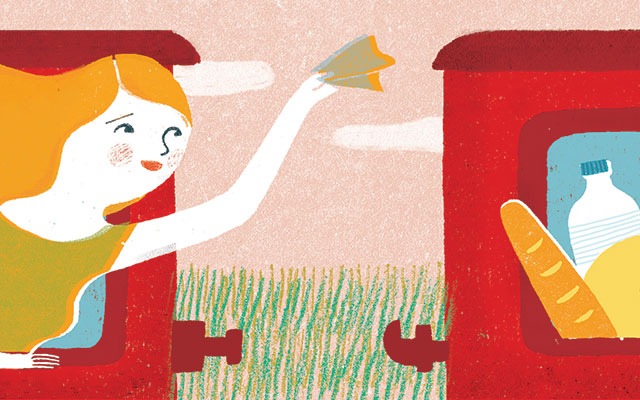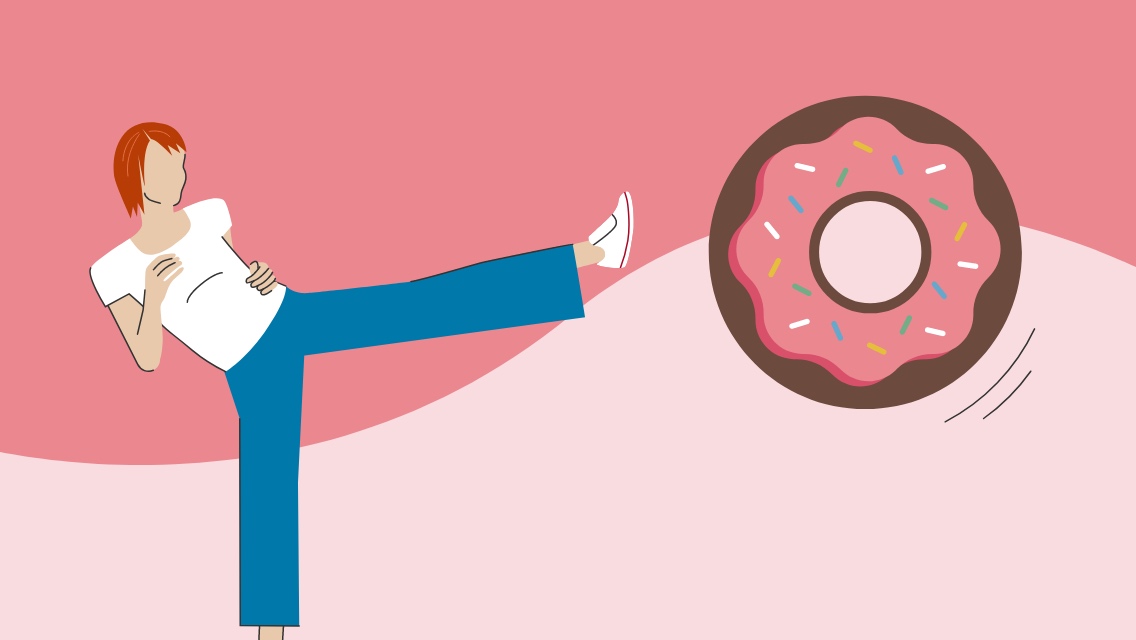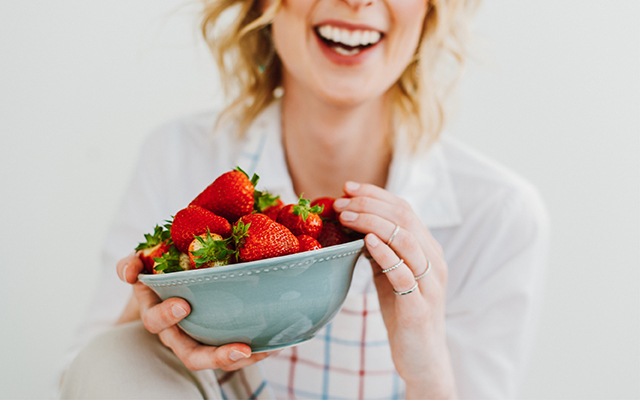Expert Source: Mary Purdy, MS, RD, a Seattle-based dietitian and nutritional counselor, and a clinical supervisor at the Bastyr Center for Natural Health. She blogs at NourishingBalance.com and is a frequent guest on Seattle’s public radio station, KUOW.
You adore cheese — until you discover you’re lactose intolerant. A toasted bagel is your favorite morning ritual — until you learn gluten is the source of your headaches, rashes, and joint pain. You love sugary treats — right up to the moment you’re diagnosed with type 2 diabetes.
Even when they make you feel rotten, comfort foods are tough to give up. What will life be like after they’re gone? Will your new dietary restrictions drive your friends crazy? And what will you think of yourself if you fall off the wagon?
The experience can be a bit of an emotional roller coaster, says registered dietitian Mary Purdy, MS, RD.
The key to parting amicably with a favorite food is minimizing your sense of deprivation. To this end, Purdy suggests that we strive to open ourselves up to new food horizons as we release and replace our old favorites.
Barriers to Overcome
- Emotional attachments. “Our connections with favorite foods go deep,” says Purdy. “You may have been comforted or rewarded with certain foods by your parents.” Or you may have “treated” yourself with them for decades.
- The stress-relief effect. The moment you bite into less-than-healthy comfort foods, says Purdy, you may sense your mood improving. The good feeling rarely lasts long, though. “Biochemically, the body gravitates toward what makes it feel good in the moment, even if it’s not really serving us in the long term.”
- Habit. Even when a given food has a negative effect — perhaps making you feel tired, anxious, sick to your stomach, or headachy — you may have become so used to the feeling that it seems normal. “If you’ve been eating it daily, and maybe multiple times daily, you are habituated to how that food makes you feel,” Purdy points out. “Completely avoiding it may make you feel unsettled until you start to feel strong positive benefits.”
- “Poor me” syndrome. You may worry that if you go without your favorite food, you’ll be sentenced to bland, boring substitutes that are flat-out depressing to eat.
- Fear of not fitting in. If your friends go for foods you’ve decided to give up, you may feel self-conscious. “You may not want to be seen as that ‘high-maintenance’ person who’s difficult in restaurants, always checking ingredients and placing special orders,” Purdy says.
Strategies for Success
- Give up problem foods in stages. Unless you have a compelling need or desire to go cold turkey, says Purdy, you may be better off taking a phased approach. “If you’re eating dairy three times a day, try eating it just twice a day for a week, then once a day for another week, then every other day, and so on, until it’s gone.”
- Think of it as temporary. It may help to consider your abstinence as having a time limit, after which you might reintroduce the food into your diet on a limited basis to see how your body does. “When you do this, you may find that you really don’t like dairy, bread, or sugar that much anyway,” says Purdy.
- Enjoy the experiment. “I like to suggest clients put on their imaginary lab coat when they give up a food,” Purdy says. “It’s actually a fantastic chance to gather data and get in touch with how your body interacts with food.”
- Understand what you like about a food, then find it elsewhere. If you warmly associate chocolate cake with family, try making the pot roast you also loved as a kid. See if the candylike sweetness of clementines makes you feel better than candy does.
- Avoid lame substitutes. Purdy emphasizes that processed substitutes — like gummy imitation cheese or poor-quality gluten-free bread — are likely to offer little comfort. “The best way to avoid feeling deprived when you are giving up one food is to eat other things that you find delicious,” she says.
- Expand your palate. Start experimenting with new, high-quality whole foods. Try avocado on a sandwich instead of dairy-free cream cheese, or have your eggs with a sweet potato instead of a gluten-free bagel. “It’s about getting creative so you get excited about the new food territory you’re going into,” she says.
- Be patient. Purdy estimates that if you avoid bland substitutes and expand your palate, it will take two to four weeks for the changes in your diet to become established. Within a couple of months, you may be well past any cravings for the problem food.
- Use a tongue scraper. “This may seem trivial, but I’ve seen it work,” Purdy says. “Scrape your tongue regularly to get rid of lingering tastes. This will help make everything you eat, including your new foods, taste more vivid.”
- Handle social situations lightly. “If you’re feeling social pressure to eat the thing you’re giving up, don’t make a big deal out of your decision,” Purdy advises. “You can just say something like, ‘You know, I feel a lot better when I don’t eat sugary stuff, so I’m cutting those foods out for a while to see how it goes without them.’”
- Get professional support. A dietitian or nutritionist can help you understand your physical and emotional relationships to food, and he or she can be an ongoing source of support, suggesting foods you haven’t tried and helping you assess the results. “And your nutritionist can cheer you on,” Purdy says, “recognizing your successes and making you feel like you have a knowledgeable person in your corner.” A little cheering always helps.
Also See
- Intuitive Eating for Weight Loss
- 20 Tips to Curb Sugar Cravings and Kick the Addiction
- 7 Signs You’re in an Unhealthy Relationship — With Food
- 9 Ways to Beat Sugar Cravings
- 6 Ways to Reclaim Your Taste Buds
This article originally appeared as “Giving Up a Favorite Food.”




This Post Has 0 Comments